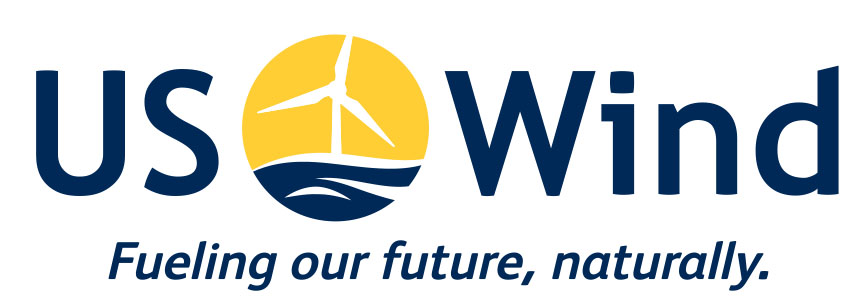Wind Farms and Your Property: Do They Affect Your Property Value?
Maryland is positioned to lead the country’s offshore wind industry, with nearly forty percent of the U.S. population living in a coastal county, with one of the best offshore wind resources located along the East Coast.
U.S. Wind is one of the two approved companies moving forward with the proposal to construct 32 turbines for the Offshore Wind Renewable Energy Credits (OREC) and 86 turbines for the full wind farm between 17 and 21 miles from the Ocean City coast, which will ultimately generate 914 gigawatt hours (GWh) of energy for the OREC and 2,456 GWh for the full wind farm, powering more than 300,000 homes (76,000 for the OREC; 205,000 for the full wind farm) with clean, reliable, efficient, and cost-effective energy.
However, a limited but vocal group of homeowners and stakeholders expressed concerns regarding wind farms that may damage proximate property values. Let’s break some of these down.
There are 77 wind turbines planned to be constructed. Will they obstruct our view?
The initial wind farm will be located not less than 17 miles from the Ocean City shoreline in a nearly 80,000-acre area. To put that into perspective, the farthest that the human eye can see—unobstructedly—is at a distance of less than 12 miles. But, we have to consider that the point where the Earth’s surface curves out of sight is 3 miles, and a range of 17 miles affected by variable atmospheric conditions will make a collection of wind turbines remotely visible.
In terms of real estate prices, how do offshore wind farms affect property values?
Studies on sales of home prices attributed to impacts of both onshore and offshore wind projects have yielded more positive impacts than the alternative, with more conducted on onshore projects. There is reason to believe this is because offshore wind farms are located several miles away that there is negligible visibility, much less undesirable effect on real estate prices. A study by Hoen in 2013 found no significant impact on property values post-wind facility construction. Many studies that initially indicate unfavorable expectations have generally failed to manifest, not to mention studies that were mostly limited to pre-operation and have not been followed through project completion.
The enthusiasm for renewable energy also reflects in a recent poll conducted by OpinionWorks in December 2017, which showed strong support for it in battleground state districts, Baltimore County and Eastern Shore. In Eastern Baltimore County, 74 percent of the voters said they favored expanding the state’s Renewable Portfolio Standard (RPS) to 50 percent, with 46 percent of those said they strongly favored the increase.
How can offshore wind farms positively affect, even potentially increase the value of my property?
It must be stressed that sales price of homes depend on many variables of the property and location itself but equally worthy of consideration is how potential positive economic impacts related to this project can expand property values, including creation of technical positions, opportunities for local business providers, enlarged commercial tax base, increased visitation by students and enthusiasts of offshore wind technology, and lower electricity rates.
Do wind farms attract tourists?
Yes. Survey data and anecdotal evidence both suggest wind farms draw tourists in the U.S. and international sites. A 2015 study in Germany has concluded no systematic negative relationship between visitation and the presence of wind turbines in coastal regions. In New Hampshire, a research found that wind farm operations, both pre- and post-introductions, have either no impact on tourism or was too small to be discernible. In fact, many communities across the U.S. have begun promoting wind farms as scenic and educational attractions, even establishing wind turbine tours.
Furthermore, a study commissioned by Goucher in early 2017 revealed that of the nearly 700 Marylanders polled to determine whether offshore wind farms would influence the likelihood of vacationing in Ocean City, 75 percent indicated that the wind farms would make no difference whatsoever, while 12 percent said that these would actually make it more likely for tourists to vacation in the area.
It is important to note that many of these dissenting concerns on new wind technologies are usually an instance of the general sense of uneasiness that accompanies change. In fact, empirical data in the U.S. and around the world shows that these concerns do not materialize and many are simply caused by expectation of negative impact.
